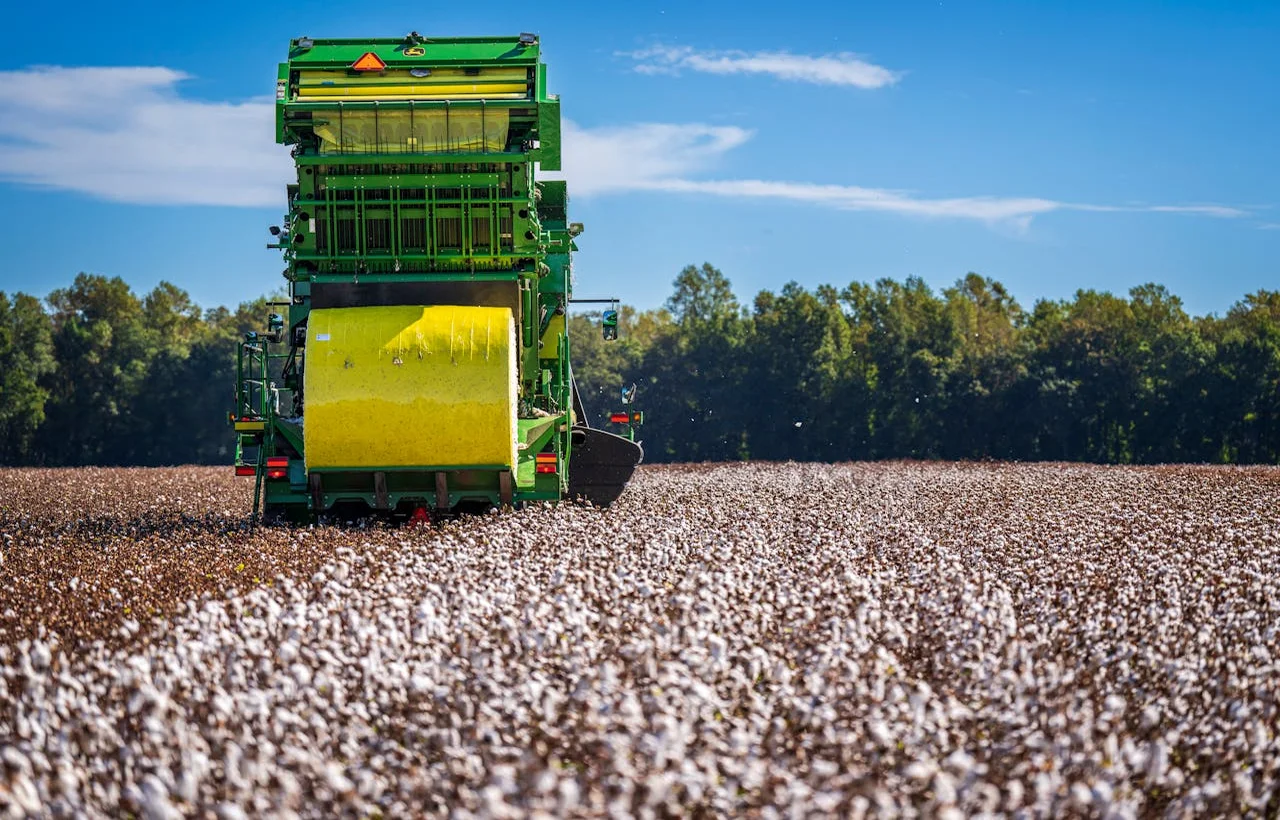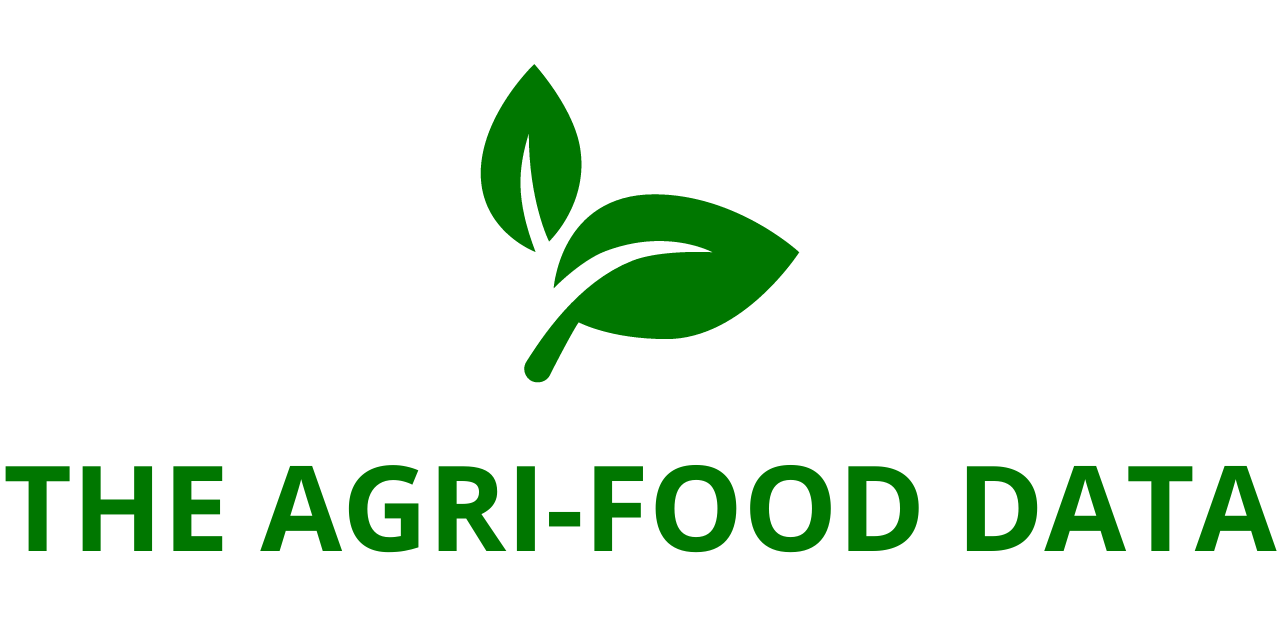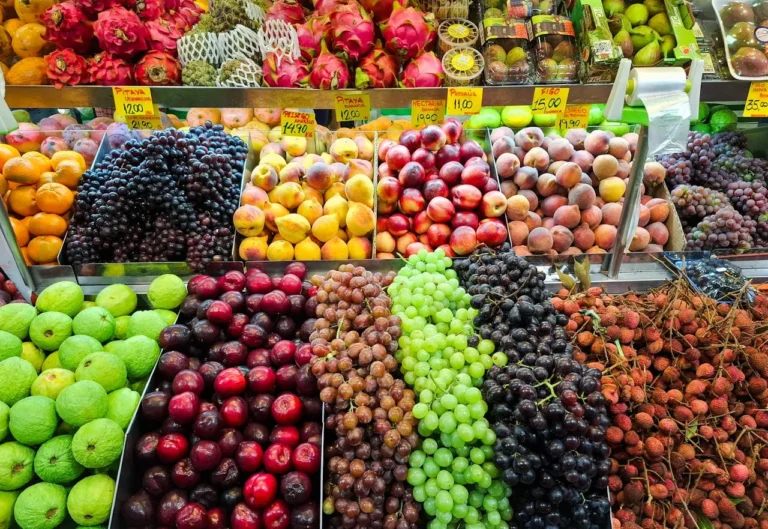
Agrology has introduced a groundbreaking real-time nitrous oxide (N₂O) flux sensor designed for in-field use, marking a significant step forward in climate-smart agriculture. This innovative technology supports farmers, researchers, and supply chain partners in their pursuit of scalable solutions to accurately measure nitrous oxide and other greenhouse gas (GHG) emissions across large-scale commercial farms. Currently undergoing extensive field validation, the Agrology Nitrous Flux Sensor is available in limited quantities, with a full commercial release planned for early 2025.
The agricultural industry has long recognized its responsibility for N₂O emissions but has faced challenges in effectively reducing and quantifying these emissions. The lack of affordable, reliable measurement tools has led farmers and supply chains to rely on estimated emissions factors, hindering the adoption of sustainable practices. Agrology’s new sensor addresses this issue at a fraction of the cost of traditional research-grade equipment.
Adam Koeppel, Co-Founder and CEO of Agrology, emphasized the importance of accurate N₂O measurement: “Accurately measuring N₂O emissions at scale has been a major barrier to implementing practices that reduce greenhouse gases. Our Nitrous Flux Sensor changes that by providing precise nitrogen application without compromising yield, enabling growers to adopt agricultural practices that lower emissions.”
The Agrology Nitrous Flux Sensor directly tackles the challenge of nitrogen fertilizer management. Fertilizer applied incorrectly in terms of timing, location, concentration, or form can lead to N₂O emissions, water pollution, and biodiversity loss. By providing real-time emissions data, Agrology’s sensors empower farmers to measure and optimize their nitrogen management strategies. These tools, when paired with nitrogen reduction programs, also support carbon offset initiatives by offering in-situ data to quantify emission reductions. As a result, growers can access not only fertilizer savings but also financial incentives for sustainable practices.
Key features of the Agrology Nitrous Flux Sensor include:
- High Accuracy: Comparable to high-end laboratory equipment, it provides precise real-time N₂O measurements across multiple locations.
- Transformative Potential: The sensor revolutionizes the measurement, monitoring, reporting, and verification (MMRV) of emissions, reducing reliance on models and estimated emission factors.
- Enhanced Assessment: It allows farmers to assess the emissions impact of different farming practices alongside cost and yield, facilitating better decisions on a large scale.
- Data-Driven Empowerment: Growers can adjust practices based on real-time data and track progress on emissions reductions, driving continuous improvement.
- Affordability and Accessibility: Priced for everyday farmers, the sensors are suitable for various crop types, production systems, and regions, enabling widespread GHG monitoring.
- Broad Research Implications: Real-time, high-resolution N₂O data will expand research efforts and deepen understanding of climate-smart agriculture practices.
Dr. Michael Schuppenhauer, Principal Investigator at Lawrence Berkeley National Lab, has been testing the Agrology Nitrous Flux Sensor for 18 months in commercial row crop environments. His research, which compared the sensor to advanced research-grade systems like cavity ringdown spectrometers and nitrous oxide eddy flux sensors, demonstrated that Agrology’s sensor provides similar performance at a fraction of the cost, with an R² value greater than 0.8. Detailed results are available in the Agrology Gas Measurement Cross-Validation White Paper.
“Nitrous oxide has long been a major, yet often overlooked, source of agricultural GHG emissions,” said Dr. Schuppenhauer. “Affordable, real-time data is crucial for farmers to gauge the effectiveness of their sustainable practices. Agrology’s Nitrous Flux Sensor is a game-changer, providing an affordable, accurate, and continuous tool to measure, reduce, and monitor N₂O emissions, paving the way for greater GHG reductions and innovation.”
This launch comes a year after Agrology introduced the Arbiter, a system that continuously monitors carbon flux and soil respiration for commercial farmers. The Arbiter, which provides valuable data on soil health, the carbon cycle, water cycles, and microclimates, will integrate seamlessly with the Nitrous Flux Sensor, with both products expected to be available in early 2025.





